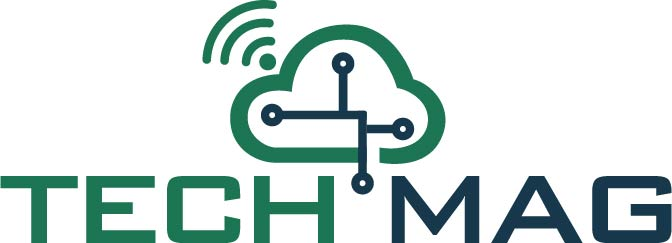
The vertical farming market is expected to witness significant growth by 2027, delivering a sizable CAGR through the forecast period. Growing population and the subsequently growing food demand are boosting the need for higher agricultural production.
Vertical farms can support year-round agricultural production as they maintain consistent cultivating conditions unaffected by weather conditions and are thus, less susceptible to climate changes than conventional farms. This results in a steady income for growers as well as a consistent flow of products for consumers.
Request for a sample copy of this research report @ https://www.decresearch.com/request-sample/detail/1525
Vertical farming, the process of growing crops in vertically stacked layers, could potentially help crop cultivation in a controlled environment. Vertical farming is gaining significance in urban cities globally for the benefits it offers to the field of agriculture.
Middle East & Africa region accounts for over 6% share in the vertical farming market revenue. Rising demand for food will increase product sales in the region over the assessment period.
The vertical farming market has been segmented based on technology, product, application, and region. In terms of technology, the vertical farming market has been bifurcated into aeroponics, aquaponics, and hydroponics.
In terms of application, the vertical farming market has been divided into outdoor and indoor. The outdoor sub-segment is expected to grow with a notable CAGR of 23% through the analysis timeframe owing to the rising adoption of sustainable and energy efficient buildings in the urban landscape.
Countries across MEA have been focusing on alternative farming techniques to reduce their dependence on importing food products. Vertical farms promise consistent food supply throughout the year, which makes them an excellent option for urban cities like Dubai that have a scarcity of arable land.
Outdoor vertical farms are gaining prominence across urban cities as they do not require farming equipment needed to implement conventional farming techniques, which will further boost segmental growth through the forecast period.
It serves as an alternative approach to traditional farming methods. Vertical farms are free from pressures that are created in extreme weather conditions. These farms are isolated from pests and facilitate crop growth at a broader range of latitudes.
Moreover, aquaponics is fairly more water-efficient than other vertical farming technologies and does not necessarily require fertilizers or chemical pesticides, which will also boost its demand in the future, propelling segmental growth.
Request for customization @ https://www.decresearch.com/roc/1525
However, the limited availability of cultivable land has created the need to implement alternative methods to grow crops to fulfill consumer requirements, which will further boost vertical farming market adoption.
In 2018, agri-tech company Crop One Holdings announced a joint venture with airline catering service provider Emirates Flight Catering to build the world's largest vertical farm in Dubai. The USD 40 million facility covers over 130,000-square foot of land. Such initiatives would greatly shape that regional growth in coming years.
The aquaponics sub-segment in vertical farming market will witness significant growth over the forecast timeframe as it is not dependent on mined or manufactured fertilizers.
Related News:
Fuel Cell Market: https://www.prnewswire.co.uk/news-releases/fuel-cell-market-to-cross-us-8-67-billion-by-2030-says-global-market-insights-inc--829932883.html
Network Automation Market: https://www.globenewswire.com/news-release/2022/02/02/2377397/0/en/Network-Automation-Market-to-hit-USD-30-billion-by-2028-Says-Global-Market-Insights-Inc.html
